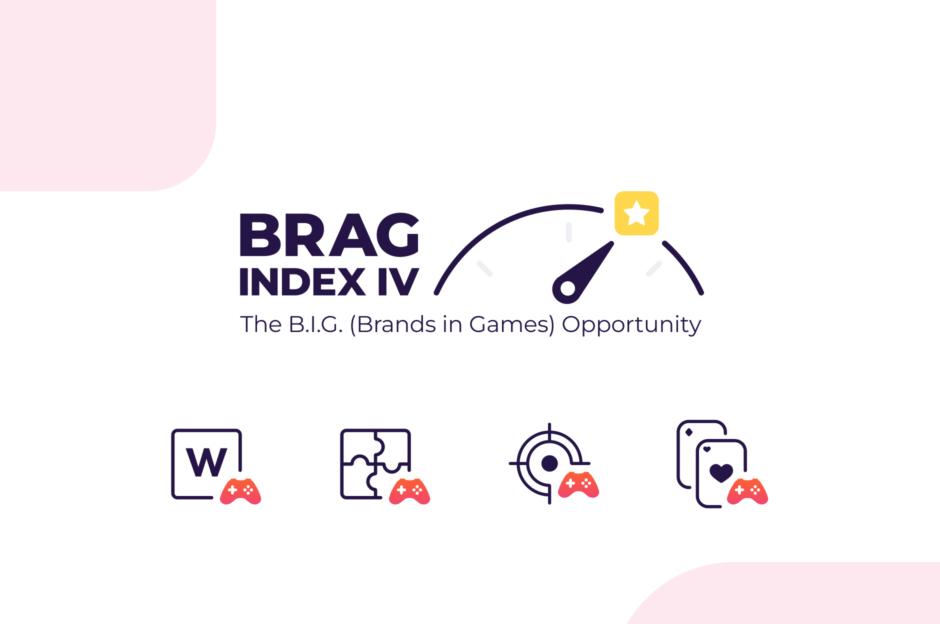
Already the world’s fourth largest smartphone manufacturer, Xiaomi launched themselves into the European market at the end of 2017, making devices available via a number of Spanish retailers including Media Markt, Phone House and Carrefour.
More recently, Xiaomi announced a deal in the UK with Hutchinson, which will lead to their smartphones being sold in Three’s stores in the UK and Ireland, as well as opening new opportunities in Austria, Denmark, Sweden and (closer to home) Hong Kong.
$10 Billion IPO
The news of the Three deal follows the announcement of the company’s IPO on the Hong Kong Stock Exchange, which is seeking to raise $10 billion for the company. Pundits are predicting this could be the largest public offering since Chinese e-commerce giant Alibaba’s $25 billion listing in New York in 2014.
The European expansion marks a significant change for the company, which has previously relied on online sales to fuel their growth, offering high-spec devices at budget prices while helping to keep operational costs low.
A Sizeable Start-Up
Prior to the company’s launch in Spain, Wang Xiang, Xiaomi’s VP for international business, joked about their unorthodox distribution methods with journalists: “We have many, many customers in Spain, the UK, Germany and Italy. We don’t even know where they buy the product.”
While Wang still considers Xiaomi a start-up business, analysts are predicting that following its IPO the company could be valued at $100 billion, potentially making it the third largest tech firm in China.
Interestingly, while most of Xiaomi’s revenues come from high volume/low margin smartphone sales, the company also has a diverse product range including “smart” rice cookers, electric scooters and air conditioners – mirroring the similarly diverse product range of a company like Samsung.
Smart Moves
Cutting their teeth in emerging markets like India, Indonesia and South Africa has enabled Xiaomi to fine tune their design, manufacturing and marketing processes to suit markets where low prices are a key factor in making a purchasing decision. But even in emerging markets, low prices need to be matched with reliability and functionality. After all, a cheaply built smartphone that fails to deliver has the potential to become an expensive purchase if it needs to be replaced.
The balance between affordability and usability is seen in their English-language marketing campaigns which highlight their brand ethos: Quality products from honest people.
This approach will undoubtedly help them grow in more mature markets where margins are squeezed by higher marketing costs and greater competition. It’s also worth remembering, even in these mature markets, there is a sizeable market where people are unable to afford or just don’t want to spend $1,000+ on a smartphone.
Further Reading: BRICS: A Smart Future Built on Affordable Devices
Global Reach for App Developers
As a global company, Digital Turbine has partnered with more than 30 mobile service providers and OEMs to help app developers reach the right people at the right time with the right product, wherever they might live.
To learn how Digital Turbine can help reach new audiences, contact our specialist app marketing team here.
Sign-Up
straight to your inbox.






